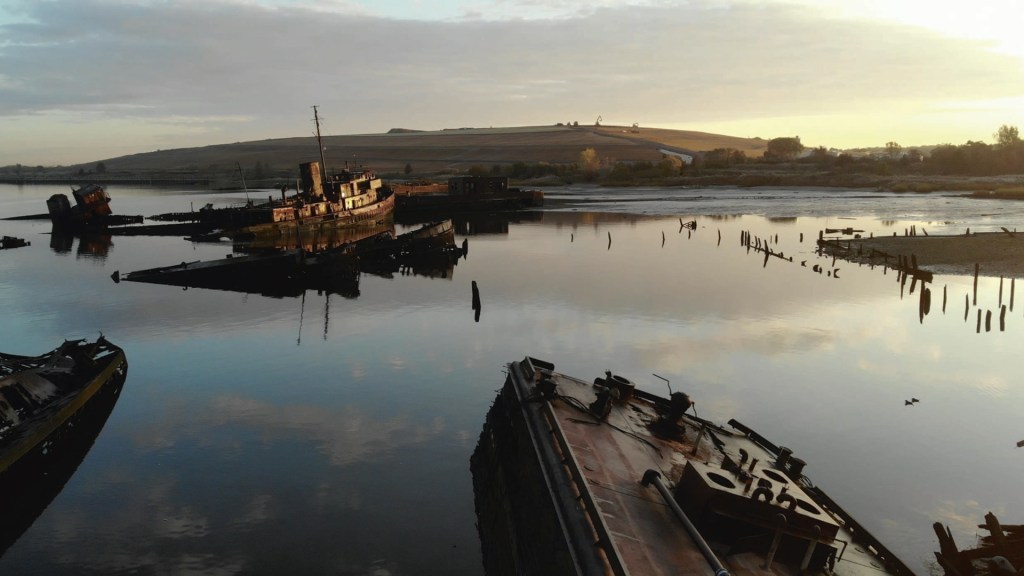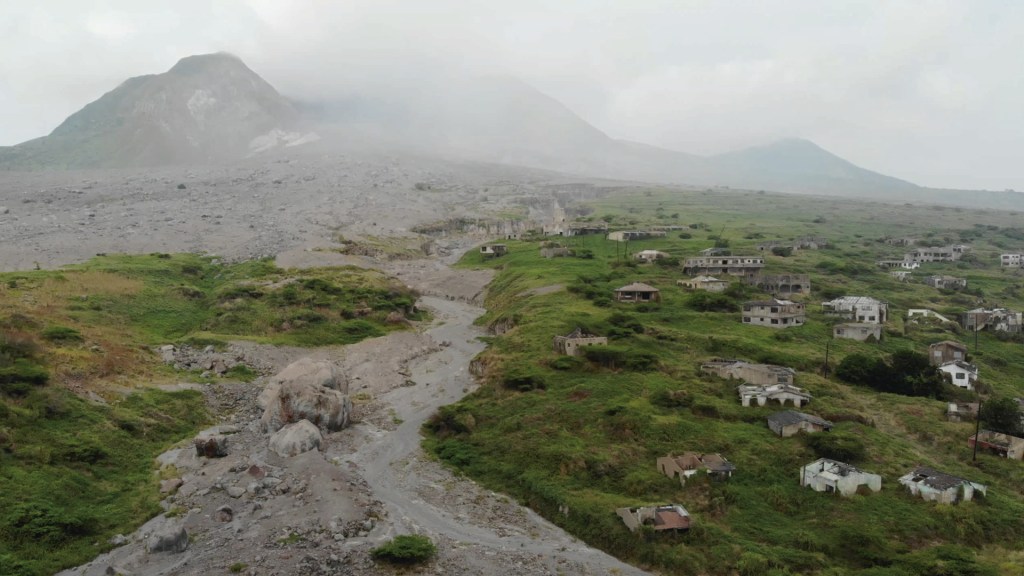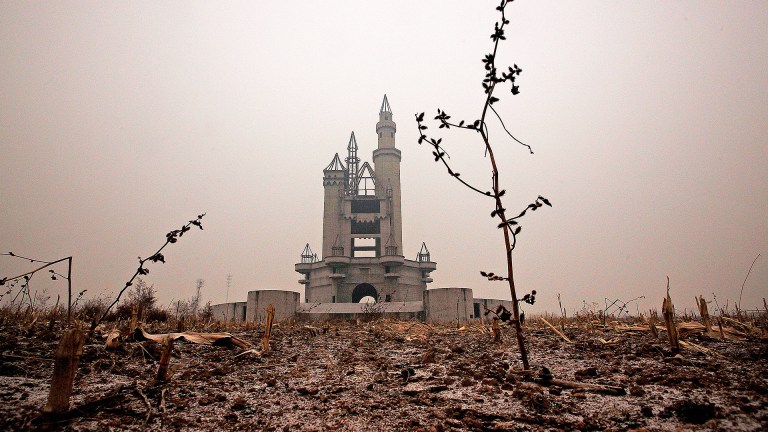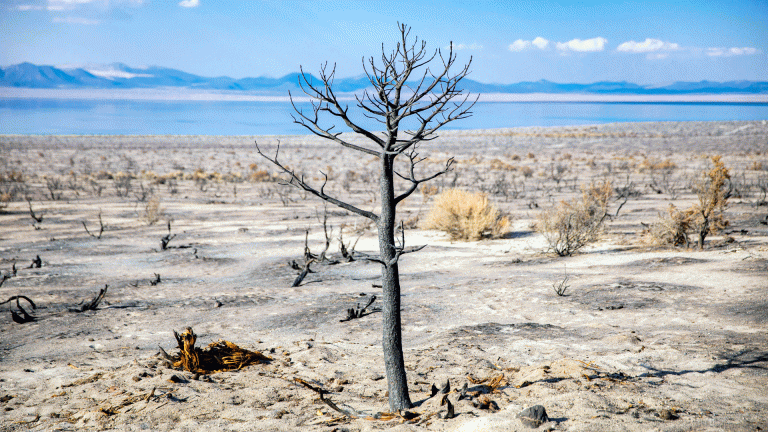A few years ago, on the recommendation of a local artist, I made a visit to Easdale, a small island off the coast of Argyll. Now a sleepy, rural destination for staycationers, it was once the epicentre of the 19th century slate quarrying industry. Together with her sisters Seil, Luing, Lunga, Shuna, Torsa and Belnahua, Easdale became one of “the islands that roofed the world” – as 400 men gouged at the rock with gunpowder and pickaxes, producing enough slate to fill 10 steamers a week.
Lockdowns have taken income away from hundreds of Big Issue sellers. Support The Big Issue and our vendors by signing up for a subscription.
That’s long over, of course. One stormy night in 1881, a freak tide broached the sea walls and flooded the quarries. The roiling waters carried off machinery, boats and most of the pier; the workmen and their families were forced to wait out the disaster on their roofs. Soon afterwards the slate quarries closed for good.
But though the island’s history is interesting enough, the true reason that I travelled to Easdale was that I had heard that this post-industrial landscape was now a site of great natural beauty. No longer raw scars cut into the flesh of the land, the quarries take the form of deep, still, turquoise lagoons, lined by chutes of broken slate, like scree, grown over and through with brambles, hardy grasses and a riot of wildflowers – harebells, montbretia, thrift, goldenrods, spotted orchids. We swam in a small, kidney-shaped pool filled with water of aquamarine, climbed the rocky spine of the island to look out across the water, to the hollowed-out isle of Belnahua – ring-shaped with a single flooded pit at its heart like a coral atoll.
“I was seeking insight into the capacity of nature to recover from the depredations of man. And I found it.”
The strange beauty of the Slate Islands stayed with me long after I had left. It reminded me a little of the remarkable photographs of Edward Burtynsky: salt pans seen from above, like massive Pantone palettes; the concentric circles of open-cut mines. Heavy industry turned high art. As one writer once described Burtynsky’s images, they offer a “clash of ethics and aesthetics… a political tension that can be quite agitating”.
But this wasn’t quite the same thing, I reflected. Part of the appeal of Easdale was that the industry was over. The great pillage of her natural resources had ended, and what I found there instead was a scene of redemption, playing out in slow motion. Insects hummed in the weedy margins, lichen spread as a picnic blanket over loose stones, songbirds came together in chorus from the thicket.












